
Working as a fur trader in Labrador, Canada, in the early 20th century, Clarence Birdseye noticed that locals often froze their food to ensure that they’d have plenty to eat when fresh fare wasn’t available. Back in the U.S., he began experimenting with techniques to quick-freeze a variety of produce and seafood, eventually discovering a way to preserve their original flavor. By the time of his death in 1956, frozen foods had become a billion-dollar industry.
His name lives on through the Birds Eye brand found in supermarket freezer sections all over America, but many more brands have appeared over the years and new techniques have been developed. The quality of frozen foods is now better than ever.
Of course, we love fresh food, locally sourced if possible — as the proliferation of farmers markets around the country in recent years has shown. (Their number has grown from fewer than 2,000 a quarter-century ago to more than 8,600 today.) At the same time, though, sales of frozen food have actually grown slightly in the past couple of years. According to the American Frozen Food Institute and the Food Marketing Institute, that growth has come primarily in the categories of soups/sides, appetizers/snack rolls, and breakfast foods.
There are, of course, many more items in the freezer case besides prepared foods like these. There’s an amazing variety of fruits and vegetables harvested at their seasonal peak and preserved by flash-freezing, including newly popular foods that Clarence Birdseye surely never heard of, like “superfood” açaí berries and innovative products like cauliflower rice. The frozen food pioneer would surely be amazed, in fact, by the biggest fads and trends in food and drink since 2010.
Click here for 18 foods you should always buy frozen
There are various reasons for buying certain foods in frozen form. Convenience is a big one — not having to peel or shell some produce; having access to ready-to-use ingredients at a moment’s notice — as is access to “seasonal” produce out of season. Stocking frozen food also cuts down on food waste, since we don’t have to worry about spoilage and food items going stale. (That’s less likely to be an issue in the case of these foods with the longest shelf life.)

1. Açaí purée
Açaí berries, a trendy South American “superfood,” can’t be imported fresh into the U.S. They are available in other forms, however, including frozen purée, which retains the berries’ antioxidants and other nutritional qualities for as long as five years from the time it’s made.
[in-text-ad]
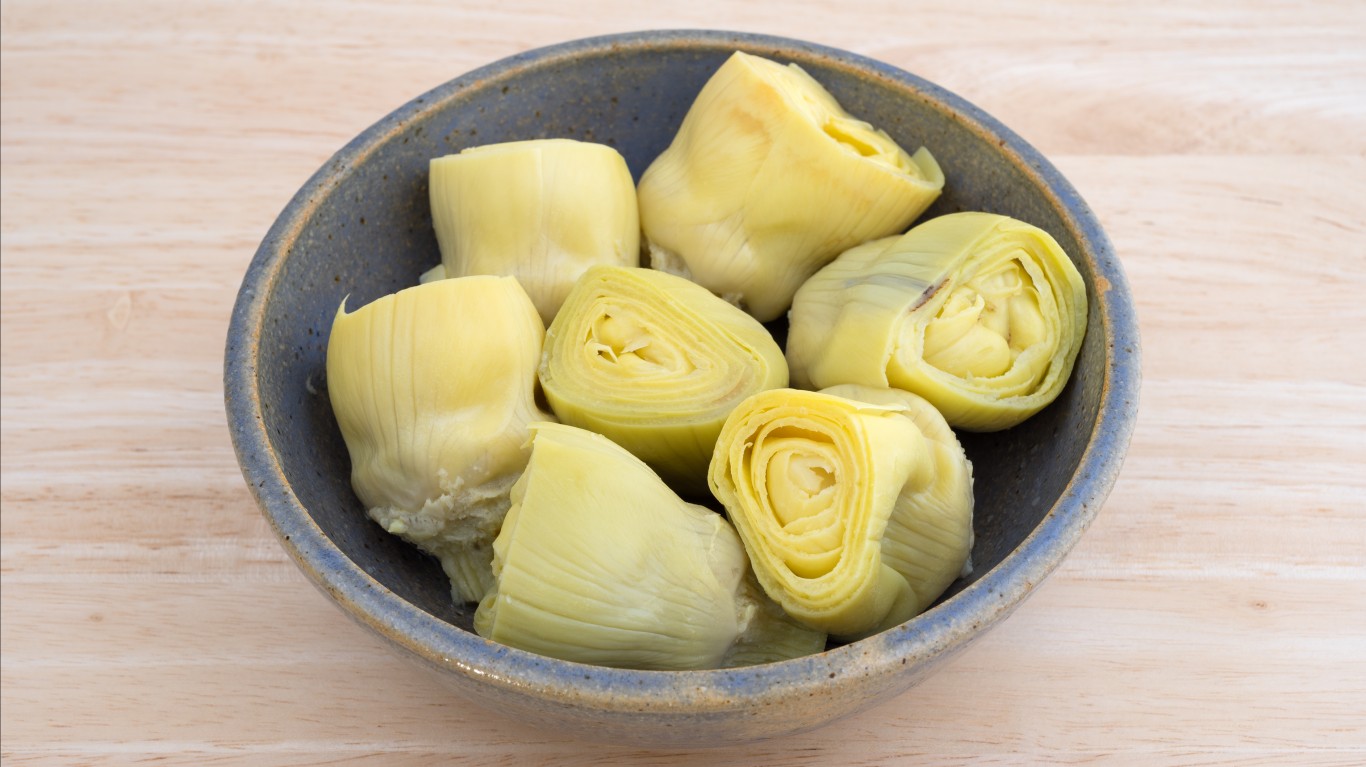
2. Artichoke hearts
Artichoke hearts are a delicacy with many uses, both raw and cooked — in salads, with pasta or risotto, on pizza, as a gratin, mashed into dip, and so on. The fresh ones are hard to get to, though, hiding at the, well, heart of all those spiky leaves. While the marinated ones in jars can be slimy and bland, frozen hearts retain their texture and flavor and require no more work than opening a bag.
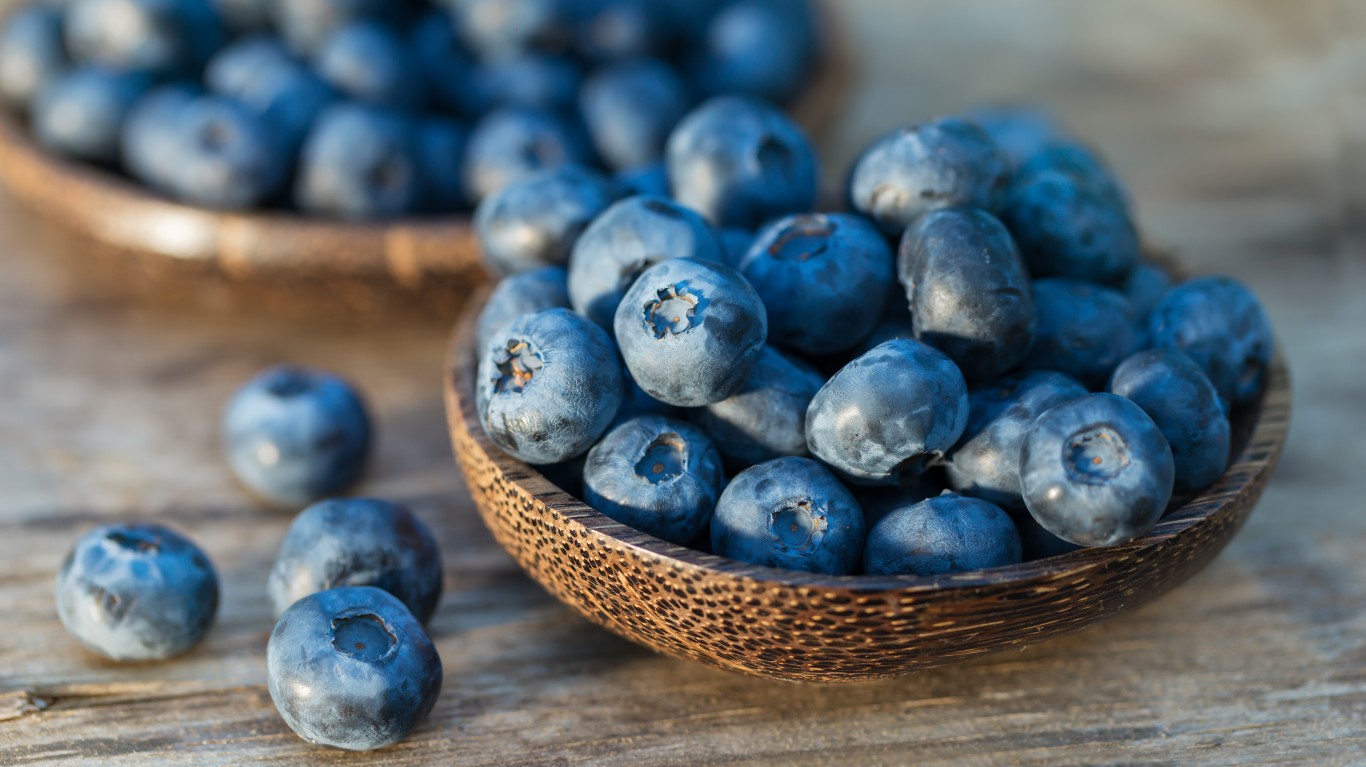
3. Blueberries
Fresh local blueberries at the height of summer are wonderful (extra points if your locality is Maine, whose version of the fruit is justly legendary). The rest of the time, they can be hard, tart, and/or flavorless. Top-quality frozen berries, picked at their best and flash-frozen, are inevitably sweet and tasty. It’s also worth considering that fresh blueberries, even good ones, grow moldy quickly in the refrigerator — something that obviously doesn’t happen in the freezer.
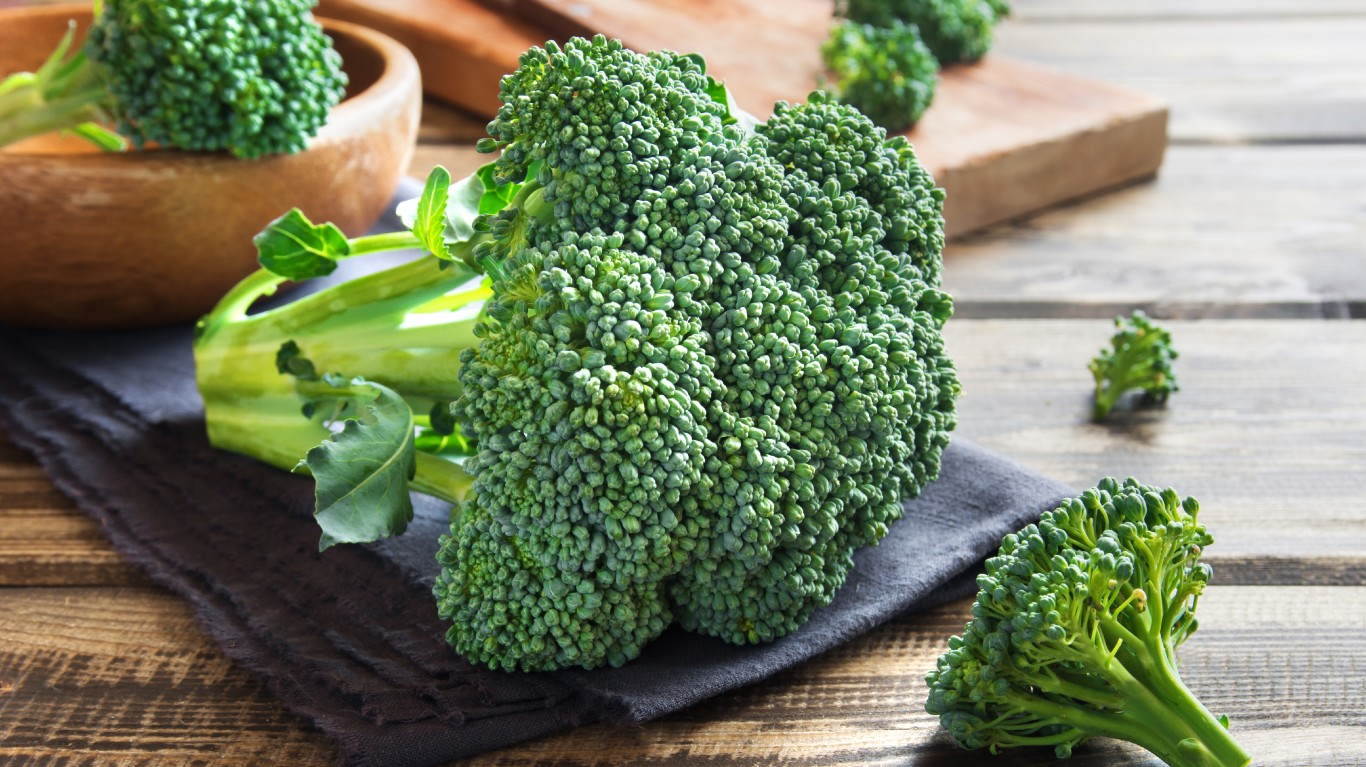
4. Broccoli
The convenience of having blanched, fresh-frozen broccoli florets ready with a few minutes’ notice is the main reason to buy this healthful vegetable frozen. It retains its bright color and its firm texture well, and it has all the same antioxidant compounds, vitamin C, and glucosinolates (compounds that might help lower the risk of cancer) that fresh broccoli does.
[in-text-ad-2]
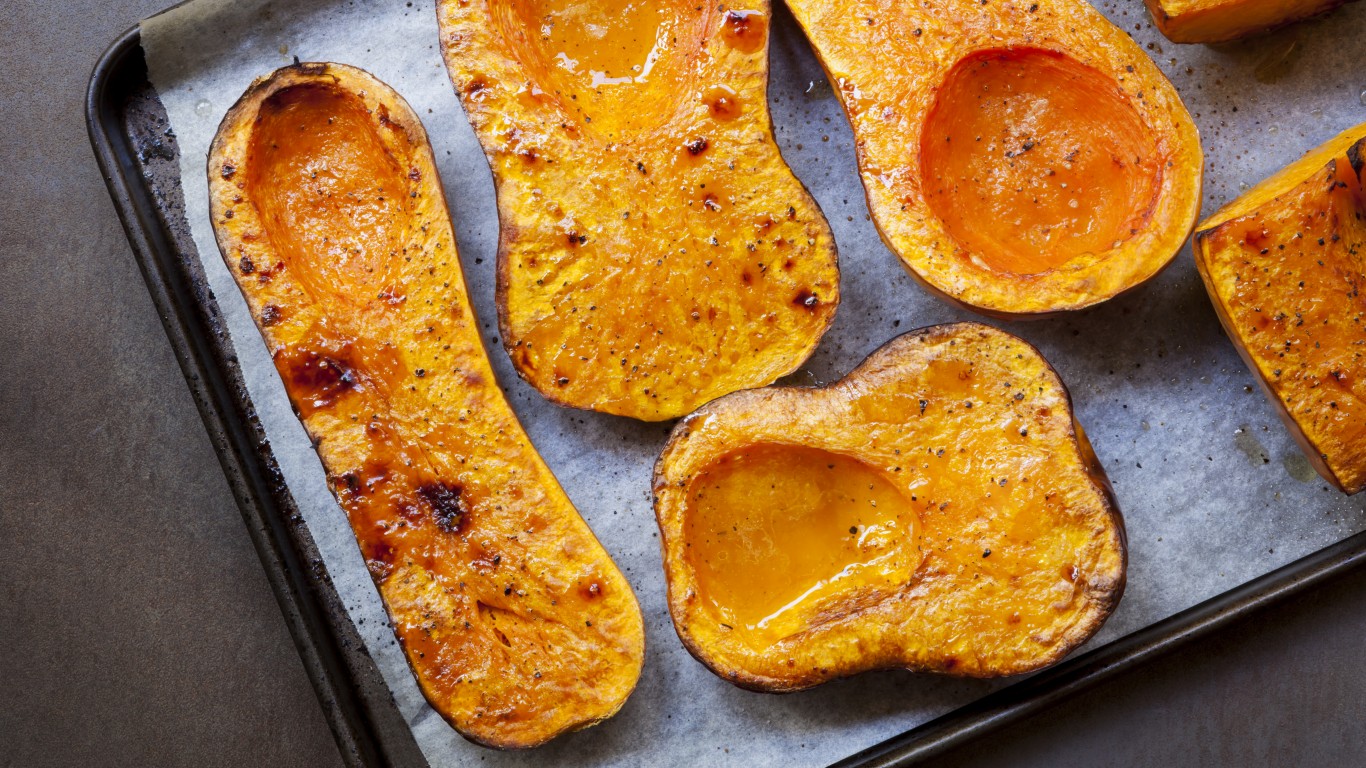
5. Butternut squash
The main issue with fresh butternut squash is that it’s a pain to deal with, with a stringy mass of seeds at one end when it’s sliced open and a tough, pithy skin. The process of peeling, seeding, and cubing a squash can take 10 minutes or more (it’s very firm, so hard to cut up evenly), but the instantly ready pre-cut frozen kind can be tossed without thawing into the wok or the stewpot and has all the good flavor and texture of the fresh version.
6. Cauliflower rice
Cauliflower rice — also known as riced cauliflower — can be made at home from fresh cauliflower with a box grater or food processor. The frozen kind, though, has exactly the same flavor and tends to have smaller, finer grains than the homemade alternative, so it cooks more quickly — and of course is ready to use with almost no preparation.
[in-text-ad]
7. Edamame
Edamame are whole young soybeans, high in protein and rich in vitamins and minerals. It’s sometimes possible to find them fresh, still in their (inedible) pods, but it takes time to shell them. Most of the edamame sold in the U.S. come frozen and out of their pods — and having a bag in the freezer makes it easy to toss them into a wide variety of dishes.
8. Gluten-free bread
Gluten-free bread (including buns and bagels) generally has fewer preservatives than the regular variety, so it has a shorter shelf-life when fresh. In addition, many gluten-intolerant customers order their baked goods online for the sake of convenience (and the availability of a larger selection), and most vendors ship their products frozen. Frozen gluten-free bread thaws and heats up nicely.
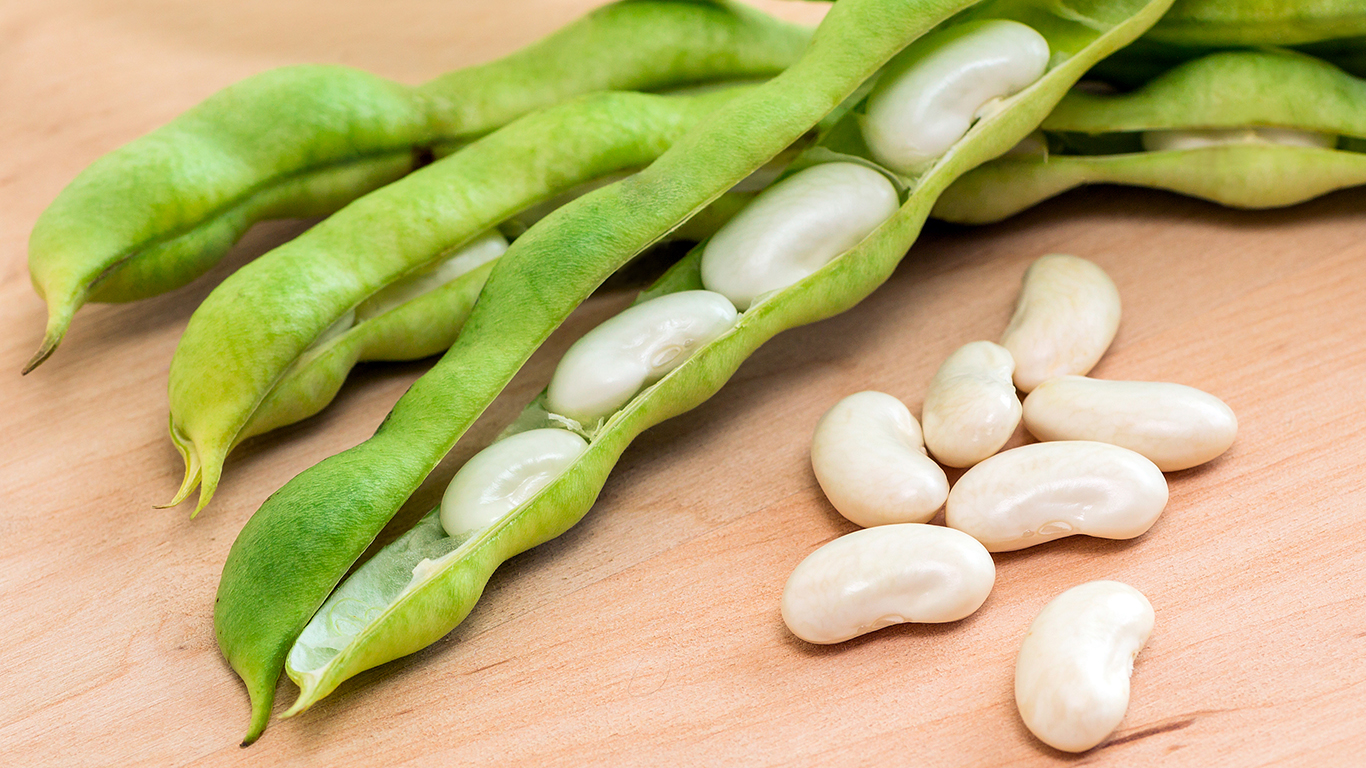
9. Lima beans
People either love lima beans or hate them. If you’re in the former camp, you’ll know that fresh ones are rarely available and that coaxing them out of their dense pods is no easy task (it’s much harder than shelling peas, for instance). The good news is that limas are sold in every grocery store freezer section, usually in at least two sizes, regular and baby, and when they’re cooked their texture and flavor is virtually indistinguishable from those of the fresh kind.
[in-text-ad-2]

10. Mangoes
A perfectly ripe mango is one of the sweetest, most opulent of fruits, but it’s hard to get the timing right. Unripe mangoes are firm and fibrous (though they’re good shredded for Asian salads), but if you let them go too long, their meat gets too soft and turns a little gelatinous. They’re also messy to peel, and it can be hard to get all the flesh off the hard oval pit. Let the pros do it.

11. Mirepoix
Mirepoix is the fancy French name for the mixture of diced onions, carrots, and celery that is the traditional basis for a wide range of soups and stews. Mirepoix can also be cooked down in butter or olive oil to add to pasta, rice dishes, omelettes, and other foods. There’s nothing particularly difficult about making it yourself, but it takes time, and it’s so handy to have it there in the freezer that you’ll find yourself adding it to all kinds of dishes and making them taste better.
[in-text-ad]
12. Octopus
Now that octopus seems to appear on nearly every restaurant menu, some people want to try cooking it at home. While the tentacles (the part we eat) can be found fresh at fish markets these days, they lose nothing from being frozen — and the freezing process actually helps tenderize them, definitely an advantage with what can be very chewy meat.
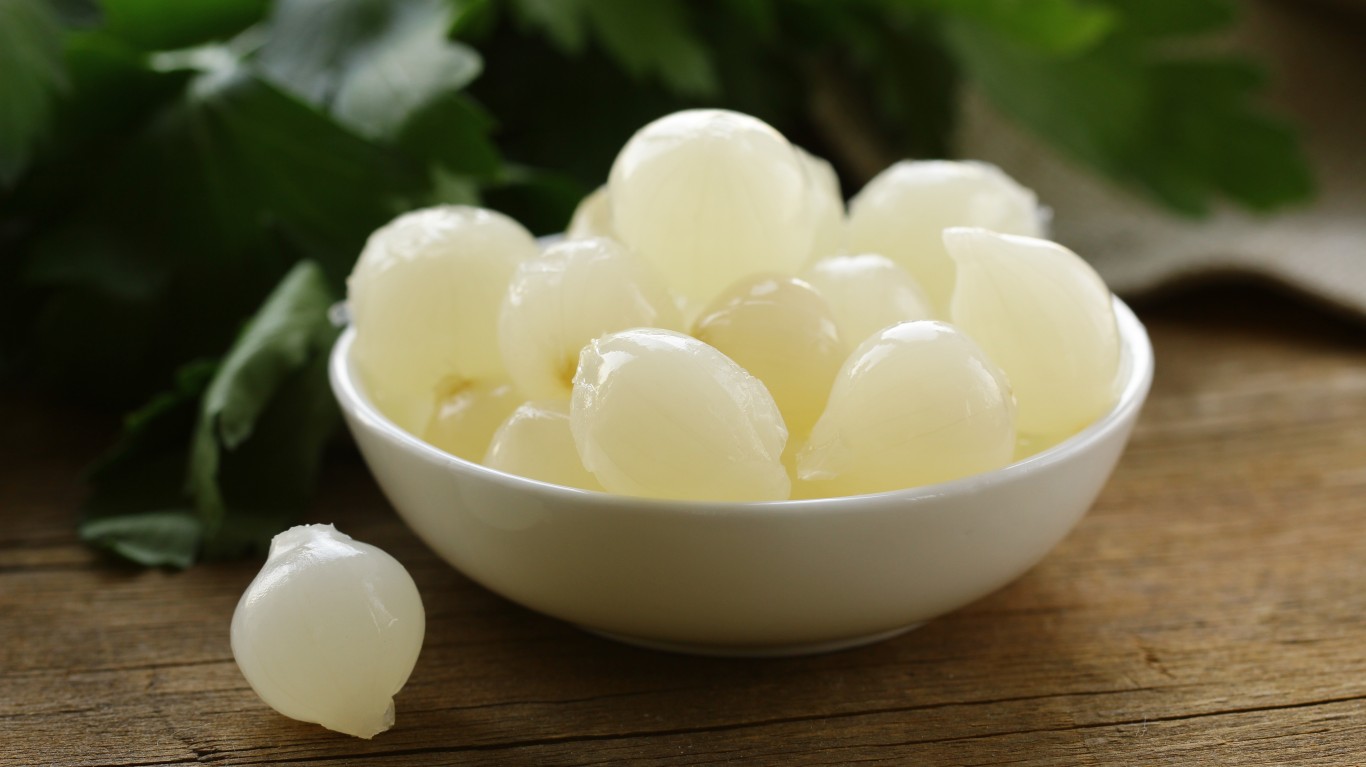
13. Pearl onions
These sweet little onions add flavor, texture, and class to stews, pot pies, and other dishes (and creamed pearl onions are a staple on many a Thanksgiving table). The fresh ones take forever to peel, though, and the (already peeled) frozen ones taste every bit as good.
14. Pomegranate seeds
Pomegranate seeds (which are technically arils, or seed coatings) are bright, crunchy, and tart, and also full of antioxidants and other beneficial compounds. They brighten up salads, bowls, and sauces (they’re essential for Mexico’s emblematic dish chiles en nogada). They’re also difficult and time-consuming to remove from the whole pomegranate. Supermarkets may sell plastic boxes of fresh seeds for a few months in winter, but the frozen ones are available all year long.
[in-text-ad-2]

15. Raspberries
As with blueberries (see above), out-of-season raspberries can be disappointingly flavorless — and the fresh ones are even more susceptible to mold than blueberries and crush more easily, even just sitting in a box or bowl. Frozen ones defrost nicely into firm, clean, delicious fruit.
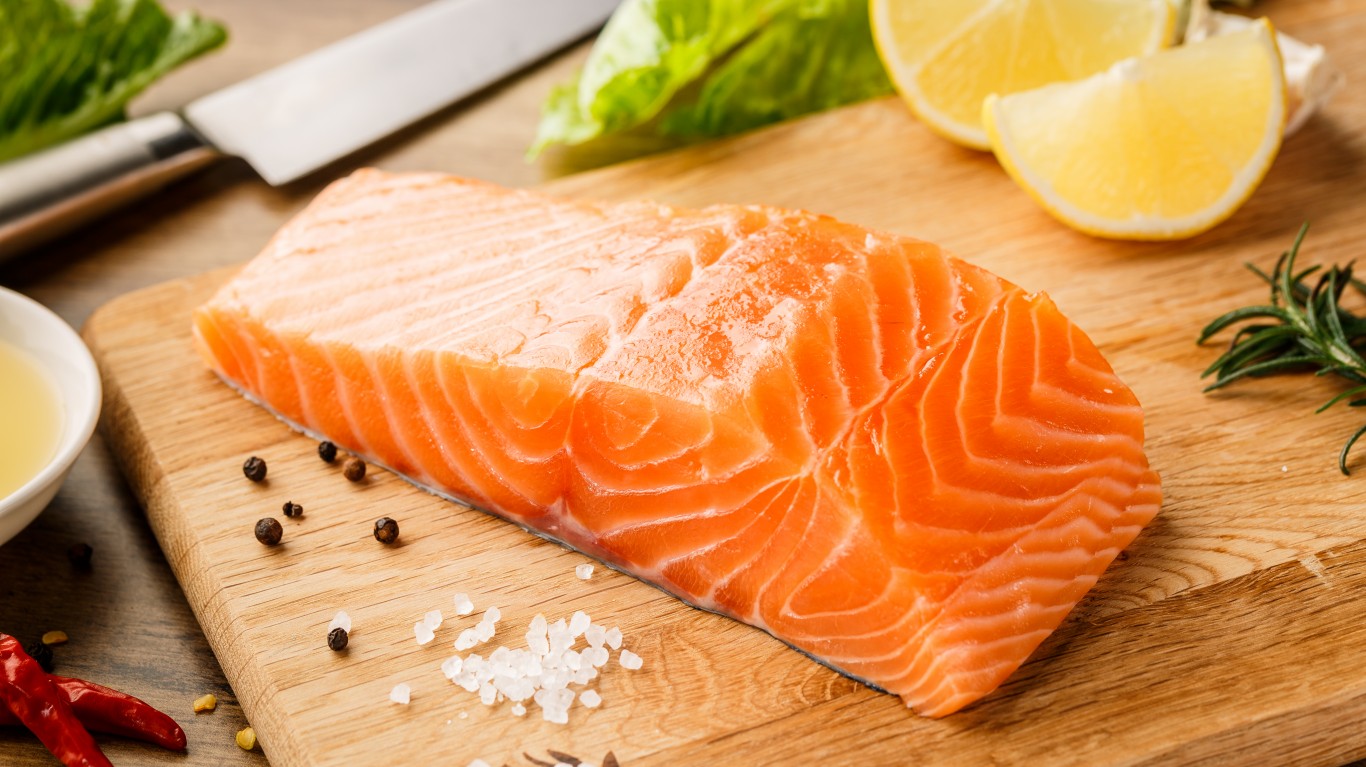
16. Salmon
Oily and firm-fleshed, salmon stands up very well to freezing. Commercial fishing boats typically flash-freeze their catch as it’s brought up from the deep, so in a way it’s fresher than fish that’s been merely cooled down with ice for a day or two. Freezing also helps kill parasites, which wild-caught salmon (the best kind) is particularly susceptible to.
[in-text-ad]

17. Spinach
Fresh spinach is best for salads, but for cooked dishes, the frozen stuff (preferably whole-leaf spinach, not the chopped version) is ultra-convenient and guaranteed to be washed free of sand and dirt. It’s a good bet nutritionally, too: According to a 1997 British study, blanched and frozen spinach lost only 30% of its vitamin C content over the course of a year, while fresh spinach lost 90% of it in just three days. In addition, the thiamin (vitamin B1) content of fresh spinach, stored both at room temperature and in the refrigerator, decreased over the course of another study, while that of frozen spinach actually increased.

18. Vegetable noodles
Vegetables like zucchini, carrots, sweet potatoes, and butternut squash can be turned into “noodles” — long, thin, often curly lengths, sometimes called zoodles or vegetable spirals. You can make them yourself, with a kind of mandoline called a spiralizer, but that involves trimming and peeling and slicing, and once they’re spiralized, the noodles tend to go bad quickly. Luckily, they freeze well and defrost quickly, and you can thaw just the necessary quantity and save the rest for another time.
Credit card companies are handing out rewards and benefits to win the best customers. A good cash back card can be worth thousands of dollars a year in free money, not to mention other perks like travel, insurance, and access to fancy lounges. See our top picks for the best credit cards today. You won’t want to miss some of these offers.
Flywheel Publishing has partnered with CardRatings for our coverage of credit card products. Flywheel Publishing and CardRatings may receive a commission from card issuers.
Thank you for reading! Have some feedback for us?
Contact the 24/7 Wall St. editorial team.
 24/7 Wall St.
24/7 Wall St.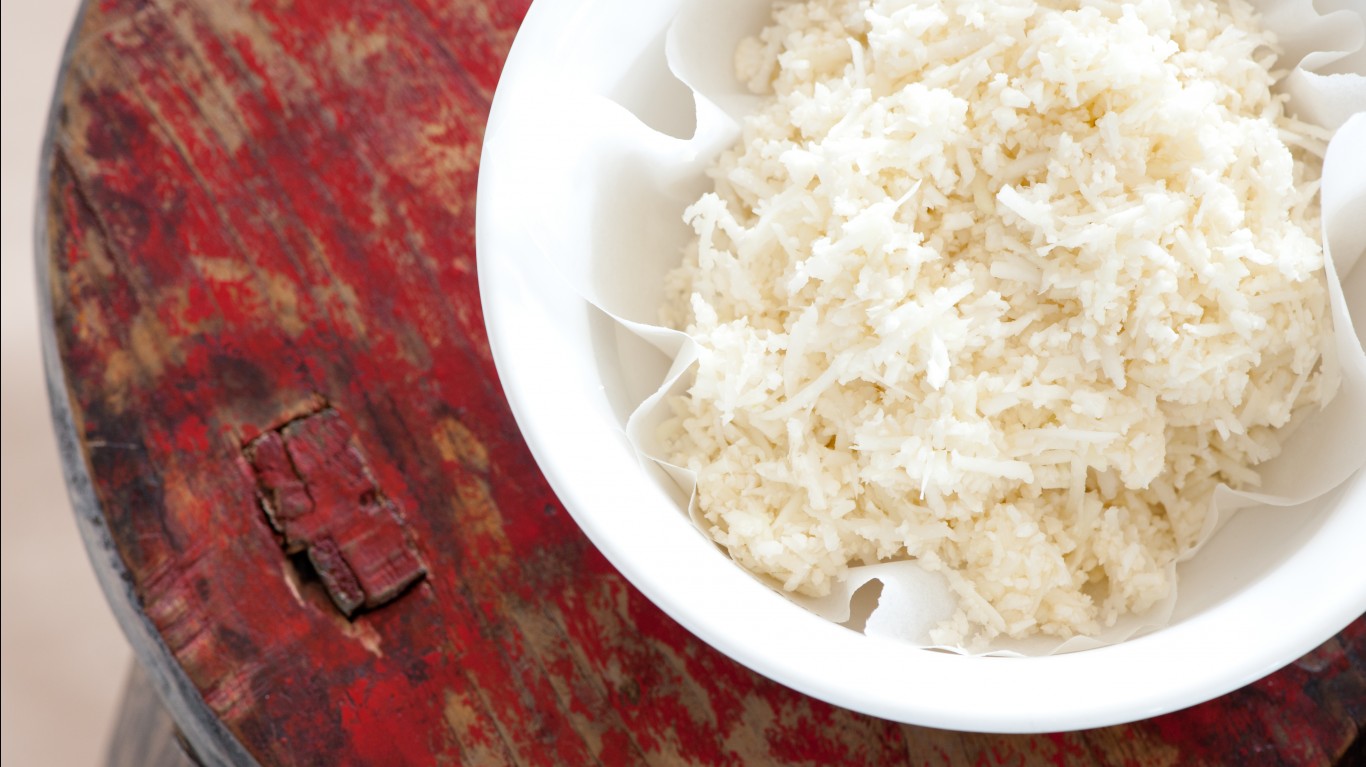
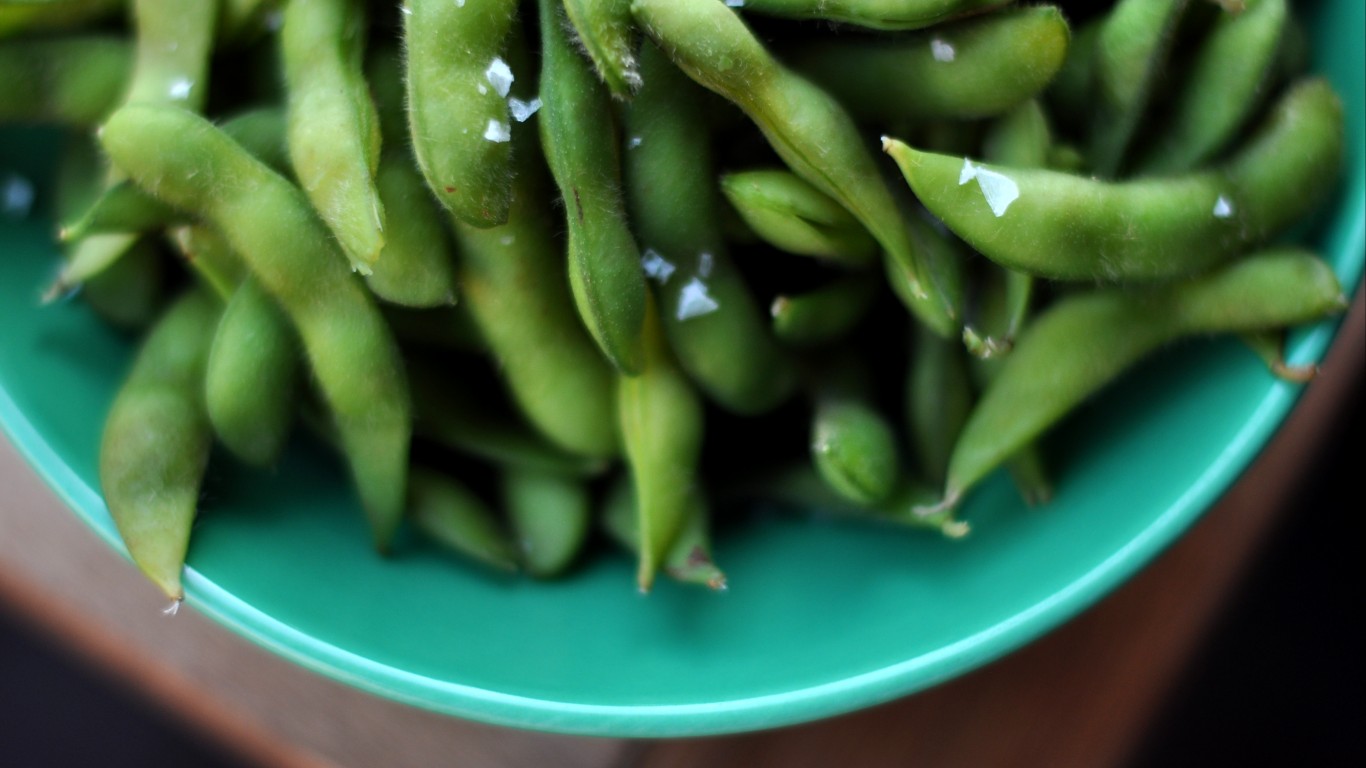
 24/7 Wall St.
24/7 Wall St.

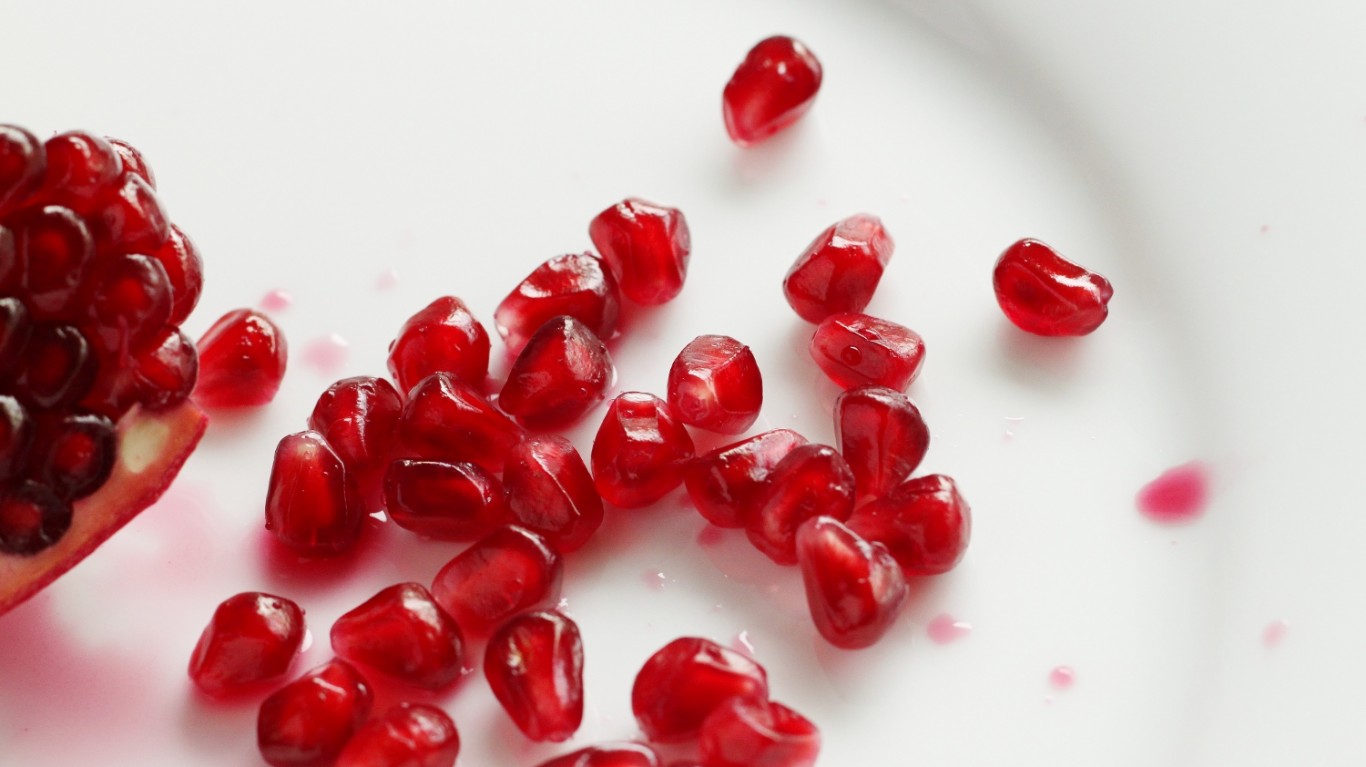
 24/7 Wall St.
24/7 Wall St.


